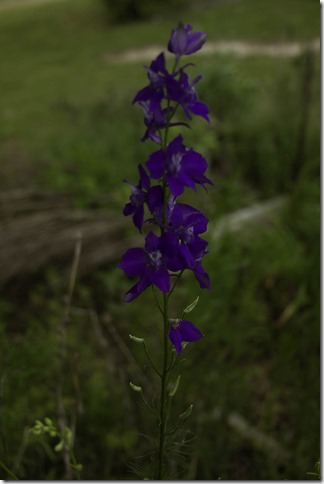It has been a while since I had a teacher’s version of “summer vacation,” that extended period between June and August when I am not in school. For the previous five years, I taught at Remington College in Columbia. We worked in four-week modules, and since I was part time, I worked a mod and then had the next mod off. Now that I am working full-time in secondary education again at Newberry Academy, I now teach for thirty-six weeks and now I’m off for about 10—all of June and July and two weeks in August. Oh, perhaps I should say I also have most of this last week of May off as well, even though I’m going back to school tomorrow for a yearbook mini-camp.
So, how will I spend my summer?
First, I’m going to catch up on my fun reading! I don’t have a reading list yet per se, but I have several books on my Kindle that I want to read.
Second, I’m going to work on my photography. I have subscribed off and on to Lenswork Magazine, a print and online magazine that focuses on the photograph itself, not the gear or even the techniques. For the last couple of years, the publishers have had a juried “contest” in which photographers submit a story in six photographs. I don’t think I can enter that contest this year, but I think it might give me a focus for my summer work. Can I make images that capture the story in six images in such a way that each image can also stand alone and tell that story? In preparation, I’m charging up the batteries now, and soon I’ll clear the memory card!
I’m also planning to work on editing techniques. I joined the Shift Art website (pricey!), but I think it will be worth it. There are tutorials and articles and other goodies to inspire me.
This morning, I worked on learning some editing techniques using Auto Tone and Auto Color in Photoshop. I used an image I took a couple of weeks ago. I don’t know the name of this flower, but it’s pretty, and it’s interesting. I wanted to make sure the flower was dominant, so I practiced, and edited, and started over. This is the image I came up with. I used Auto Tone and Auto Color. Then I applied two layers of patterns and textures. Finally, I added a light vignette. I’ll put the original and edited image side by side to show the two versions.
The first image is the original, unedited image. It’s too dark. My edit, the second one, lightens the image and brings out the flower. I like the kind of hazy background, which is further emphasized a bit by the pattern and the texture. At the end of the process, I added a vignette using a curves adjustment layer, dragging the curve down toward the bottom right corner, and then using a black brush to uncover the portions of the image I wanted to reveal. I lowered the opacity of this vignette layer as well because I did not want it too dark on the edges. I still wanted the brightness and haziness of the background to come through.
(I think I may have desaturated the background slightly as well so that the color of the flower can stand out.)
I enjoy floral photography, and I enjoy applying textures. I want to stretch myself as a photographic artist.























